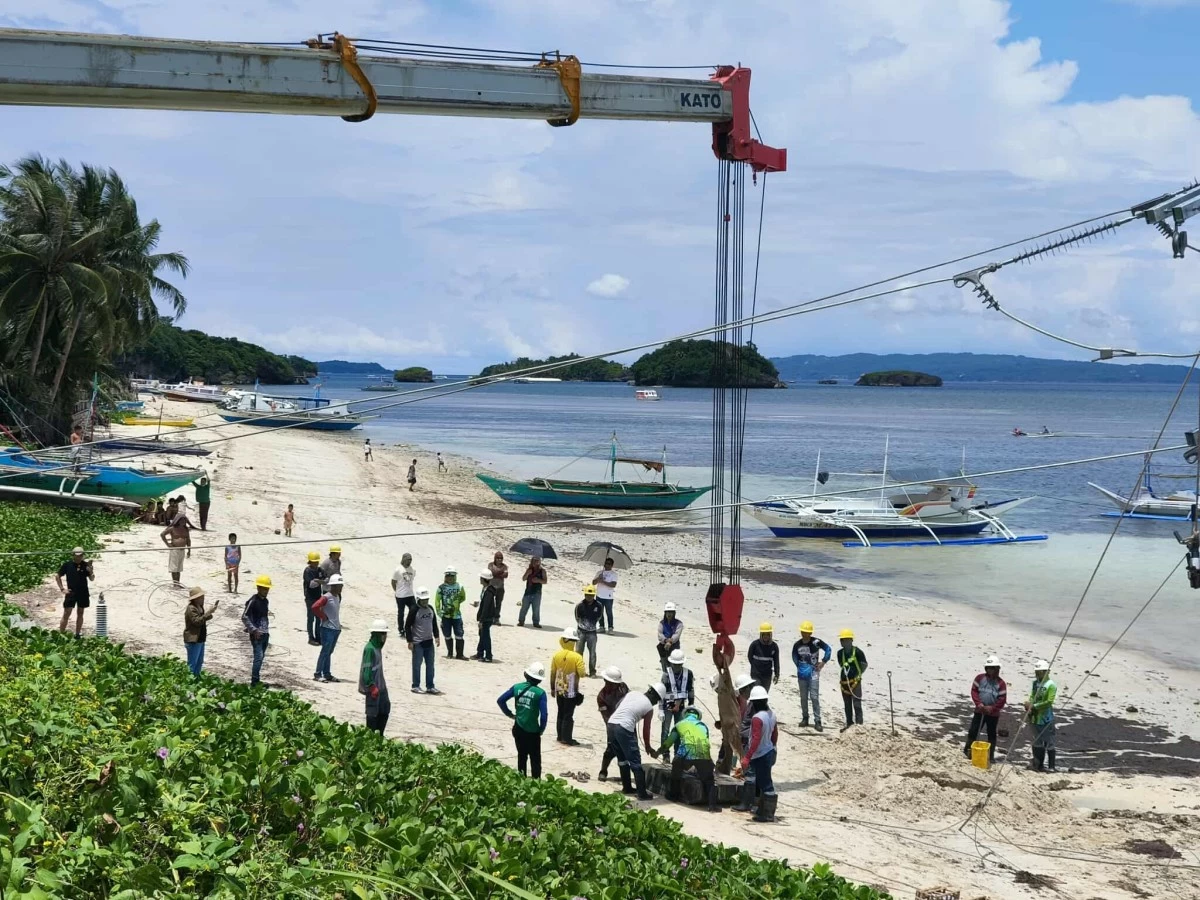
Upgrade to High-Speed Internet for only ₱1499/month!
Enjoy up to 100 Mbps fiber broadband, perfect for browsing, streaming, and gaming.
Visit Suniway.ph to learn
The Philippines ranked as the world’s fourth-largest shipbuilding nation in 2022, but declining production and structural challenges threaten its competitiveness, according to a peer review of the country’s shipbuilding industry by the Organization for Economic Cooperation and Development (OECD).
In a report published on Sept. 12, the OECD said the sector’s growth has been fueled by foreign-owned shipyards such as Japan’s Tsuneishi and Singapore’s Seatrium, supported by sustained international investment.
However, output has fallen sharply since peaking in 2014 to 2015.
OECD data showed that Philippine ship production, measured in compensated gross tonnage (CGT), dropped by more than half from 873,141 CGT in 2018 to 406,486 CGT in 2019.
The steep decline followed the bankruptcy and closure of Hanjin Subic Shipyard (HHIC-Phil), the country’s largest corporate bankruptcy on record.
The OECD noted that from 2000 to 2024, 96 percent of Philippine ship deliveries went to export markets, with 99 percent produced by foreign-owned yards.
Bulk carriers made up 65 percent of exports, followed by container ships at 26 percent, though shifting global demand signals opportunities for diversification.
The OECD emphasized the industry’s dual structure: foreign-owned shipyards dominate export production, while locally owned facilities focus mainly on repairs.
About 95 percent of domestic yards are engaged in maintenance rather than new builds, yet they still account for 64 percent of the domestic repair market and more than half of foreign demand for repairs and retrofits.
Infrastructure gaps remain a critical barrier, according to the OECD. The report found that 66 percent of the country’s 186 shipyard facilities require rehabilitation, with many relying on outdated slipways.
The absence of domestic ancillary industries—such as marine equipment manufacturing—adds to costs and downtime, it added.
The sector also relies heavily on imported components, including marine-grade steel, propulsion engines, and turbines, leaving it vulnerable to supply chain disruptions.
Despite these hurdles, the OECD reported that the maritime sector continues to be a major employer, with 1.8 million workers in 2021.
About 82 percent are considered skilled or semi-skilled, but the industry faces persistent challenges such as high dropout rates in maritime education, outdated training facilities, and worker outmigration.
To address these concerns, the OECD said the government is pushing policy reforms through the Maritime Industry Development Plan (MIDP) 2019–2028 and the proposed Shipbuilding and Ship Repair (SBSR) Development Bill of 2025.
The MIDP seeks to modernize the sector, strengthen workforce skills, promote sustainability, and enhance safety in maritime transport.
According to the OECD, the proposed bill would formally recognize SBSR as a key economic driver, providing incentives such as value-added tax (VAT) and income tax exemptions, support for green technologies, and workforce training for advanced shipbuilding processes, including ship recycling.
Incentives under the Corporate Recovery and Tax Incentives for Enterprise (CREATE) Act and the Strategic Investment Priority Plan (SIPP) also cover SBSR, with possible higher-tier classifications for green and advanced technology projects.
Meanwhile, the green lanes initiative aims to simplify regulatory approvals for strategic investments.
The OECD highlighted ship recycling as a growing opportunity.
The Philippines had 13 registered recyclers in 2023 and is preparing to ratify the Hong Kong Convention by 2025.
With an aging domestic fleet—particularly ferries with a median age of 41.5 years—the demand for recycling services is expected to rise in the coming years.
(Ricardo M. Austria)

 2 hours ago
2
2 hours ago
2



